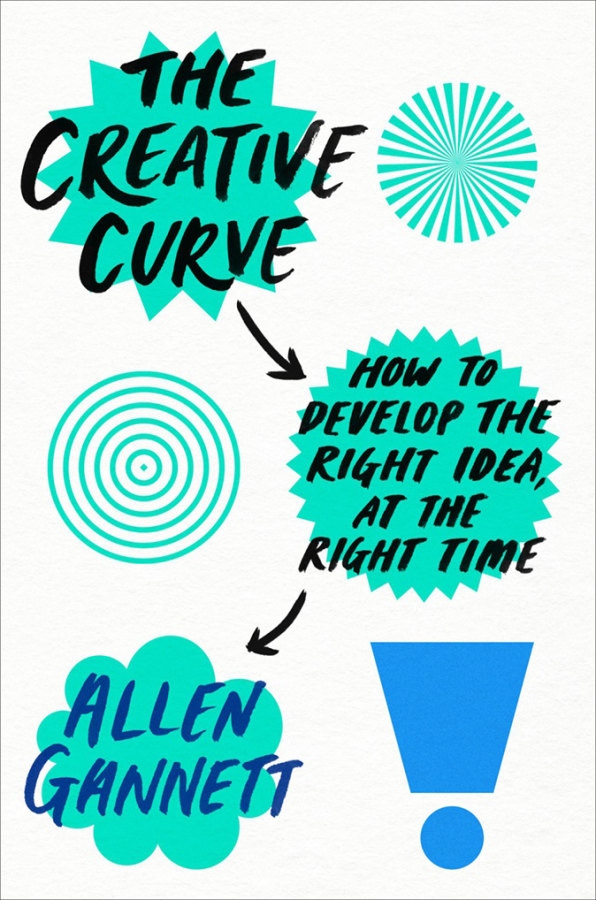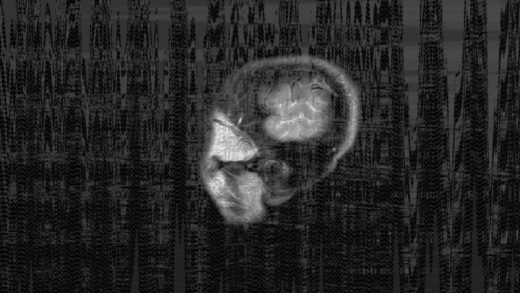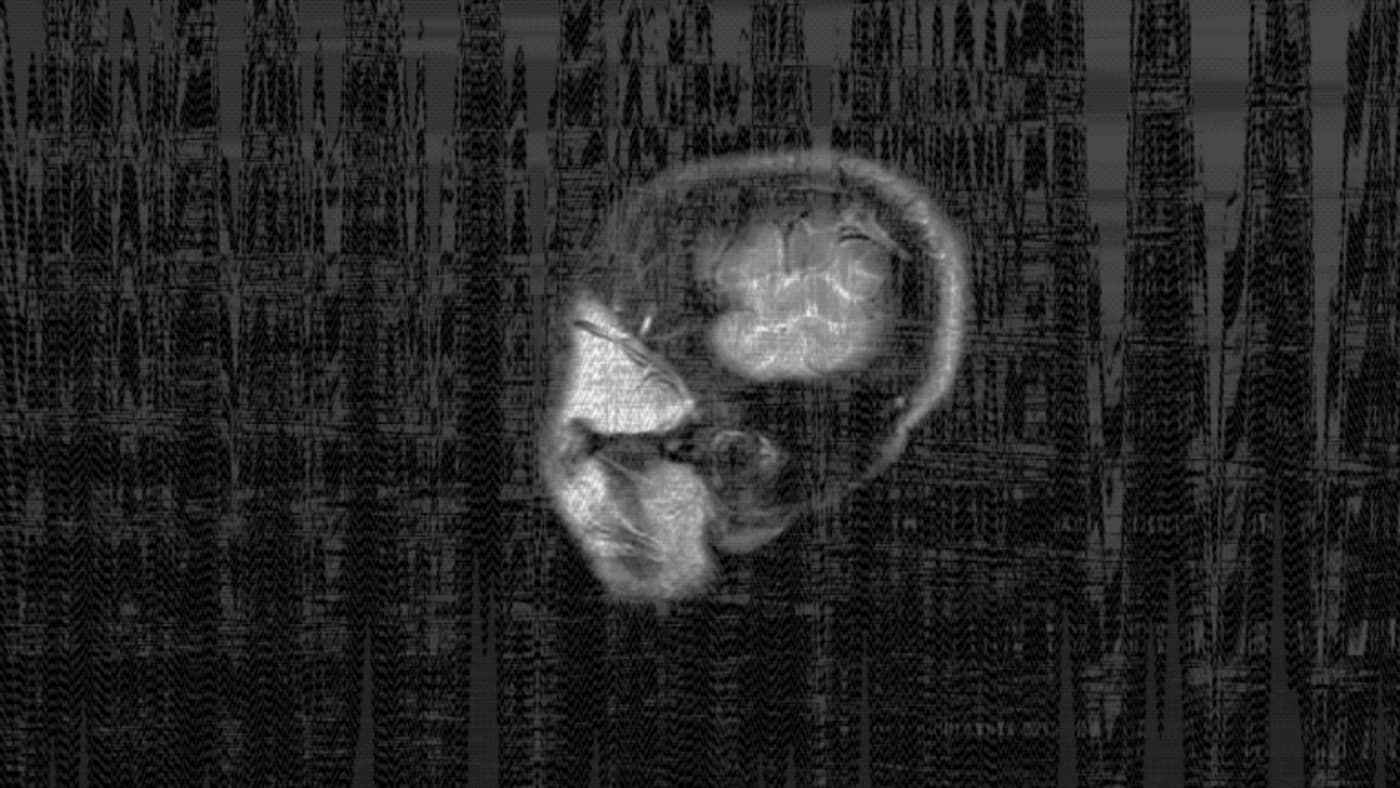Here’s how your brain can learn to be less racist
In 1968, the Polish-American psychologist Robert Zajonc conducted a landmark study at the University of Michigan. He recruited students and told them they’d be participating in a language-learning experiment, but this was just a cover for his true intentions. Instead, Zajonc began by showing them fake “Chinese” characters that he claimed signified various adjectives, then continued to display each character to his subjects over and over again, at various frequencies–some as many as 25 times, others just once or not at all. Finally, Zajonc asked each student volunteer to guess how positive or negative the definition of each adjective was (that is, did it represent a “good” trait or a “bad” trait) and how much they “liked” it.
Zajonc discovered that there was a strong linear relationship between familiarity and not just how positively his subjects interpreted his utterly meaningless characters, but with how much they liked it, too. The more a student saw a given character, the more they preferred it.
Zajonc’s research later became the foundation of the well-documented “mere exposure effect,” whereby the more we’re exposed to something, the better we like it. Which begs an obvious question: Does this apply to people, too? And if so, can mere exposure help our brains unlearn unconscious biases and assumptions–including racist ones?
Feeling better versus feeling less bad
Researchers Leslie Zebrowitz and Yi Zhang at Brandeis University set out to answer those questions in a study, and they published those findings in 2012. Their question was simple: What would happen–at the cognitive level–if they showed people faces of individuals of different ethnicities over and over?
Zebrowitz and Zhang decided to focus on the orbitofrontal cortex, which is tied to the reward system of our brains. It drives two different reflexes that help our brains assess a situation before we take action. Specifically, the orbitofrontal cortex’s role is to tell us whether we’re better off approaching or avoiding a person, place, or thing. But it’s made up of a few component parts.

Our minds’ so-called “approach reflex” can be measured by observing activity in our the medial orbitofrontal cortex. When this area of the brain is activated, your motor system eggs you on to engage with someone or something. As Zhang explained it to me, “In a gambling setting, if you start to win money, the medial orbitofrontal is where [the brain] activates the most because it registers positive rewards.” The lateral orbitofrontal cortex registers what brain scientists refer to as our “avoidance reflex,” which cues our bodies to run away to avoid a possible negative outcome. The stronger the activation, the more pronounced the feeling. “When you start to lose money,” she continued, “the lateral orbitofrontal is the region that activates more because that’s when you feel bad about the situation.”
Zhang and Zebrowitz wanted to learn whether repeated exposure would either increase the approach reflex or decrease the avoidance reflex. Or as Zhang put it, “Is it because we start to feel better about those stimuli or is it that we start to feel less bad about them?” The researchers conducted an fMRI study of 16 white men and 16 white women. Each participant was exposed to pictures drawn from a collection of black faces, Korean faces, written Chinese characters (real ones), and random shapes. These pictures were shown different numbers of times to the study participants, with some pictures never shown and others shown many times. Next, the researchers put each participant into the fMRI machine and exposed them to 40 images they’d never seen before and 20 they had. The idea was to see how and where the brain would react.
What the scientists found was that the unfamiliar ones images activated subjects’ avoidance reflex; simply put, people were afraid of the unknown. More than just for faces, this same effect occurred when respondents were exposed to unfamiliar shapes and Chinese characters. This made sense: humans have evolved to fear the unknown because it signals potential harm. However, the study subjects’ avoidance reflex was significantly reduced when they were exposed to the same faces, shapes, and characters they’d seen before going into the fMRI machine.
How anti-bias spreads through the brain
Zhang observed another surprising effect, though. “Once our participants have been exposed to a prototypical Korean face,” she explains, “they start to show less adverse reactions to other faces in the same racial category.” Indeed, familiarity actually helped subjects’ brains generalize from the particular images they were exposed to–helping reduce race-based biases overall.
So what about the approach reflex? Interestingly, with increased familiarity, it neither changed nor increased. Familiarity does not make us like things more. Rather, it makes us fear things less. This is one reason why we typically enjoy our own homes. People and objects that are familiar feel safe. We may not particularly like that old chair we inherited from our grandmother–it’s not that great to sit in and it clearly needs reupholstering–but it gives us comfort to have around.
It seems our brains must back out of their subconsciously racist beliefs, rather than actively embrace more inclusive ones. But once we take those first few steps away from our biases, our brains know where to go from there.
This article is adapted with permission from The Creative Curve: How to Develop the Right Idea, at the Right Time © 2018 by Allen Gannett. Published by Currency, an imprint of the Crown Publishing Group, a division of Penguin Random House LLC.
(46)



